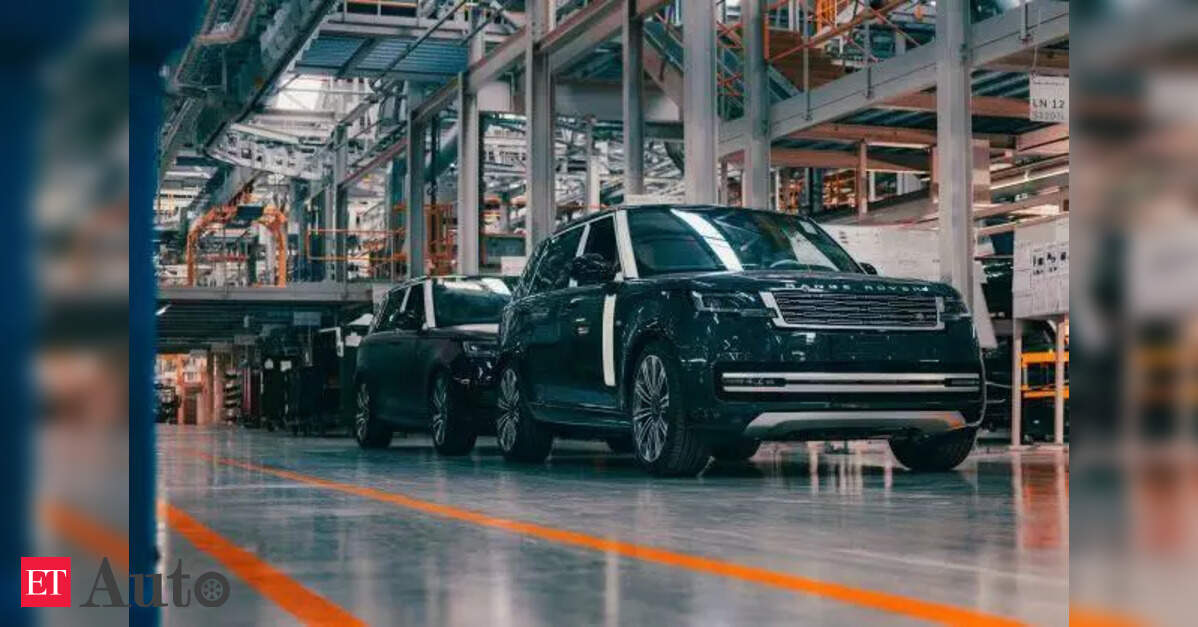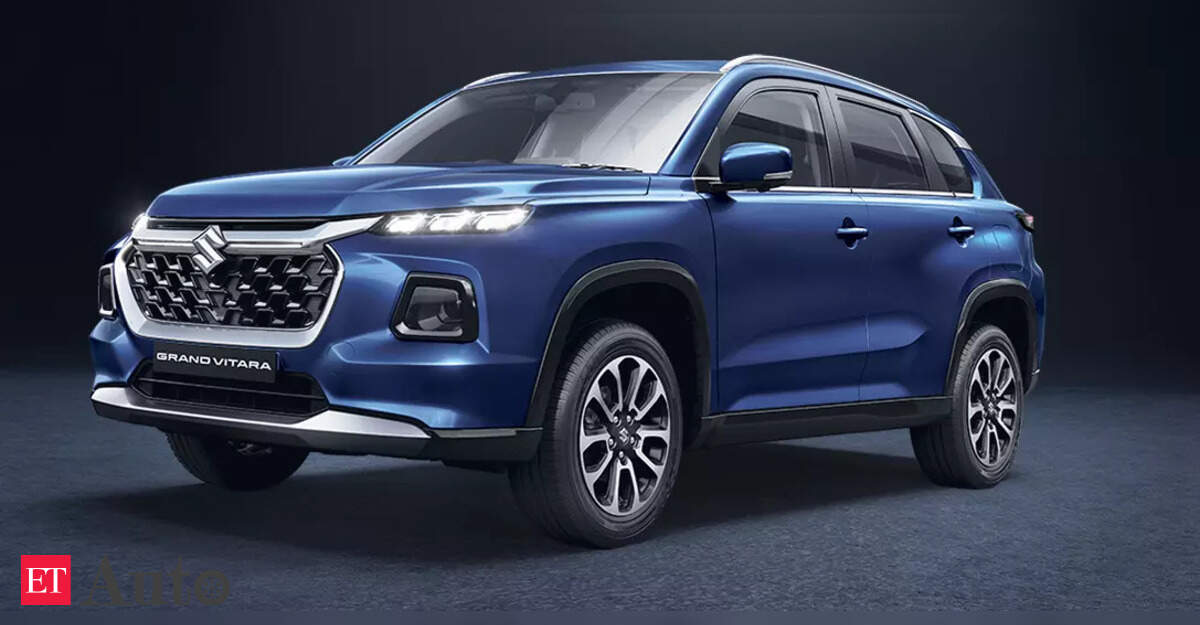 The company noted that the production downtime was used to accelerate testing work in engineering and manufacturing.
The company noted that the production downtime was used to accelerate testing work in engineering and manufacturing.Tata Motors’ global performance took a sharp hit in the September quarter after its UK-based luxury arm Jaguar Land Rover (JLR) reported a negative free cash flow of £791 million, owing largely to production stoppages following a cyber attack. The disruption, coupled with global headwinds, dragged the group’s consolidated loss after tax to ₹6,368 crore in Q2 FY26.
“On an overall basis, the consolidated performance in the quarter was impacted significantly by the JLR cyber incident,” P B Balaji, Group CFO, said during the Q2 earnings call.
JLR’s production halt also severely impacted the country’s automotive revenue, with the UK car production in September dropping to its lowest level for the month since 1952, according to the UK’s Society of Motor Manufacturers and Traders.
To support JLR’s supply chain, the UK government had agreed to back the carmaker with guarantees for loans of up to £1.5 billion.
According to the company, JLR’s revenue for the quarter fell 24 per cent year-on-year to £4.5 billion.
Besides, US tariffs, geopolitical volatility, a tight semiconductor environment, and ongoing supply chain issues further dampened JLR’s performance.
Recovery focus
While the global Nexperia semiconductor crisis poses a potential risk, JLR said its production remains unaffected so far. Efforts are underway to diversify sources and de-risk supply chains. “Global demand remains challenging. China continues to be an area of concern due to tariffs and retail demand, while the US and Europe also face pressures,” Balaji added.
The company is currently focussed on retail recovery, cost controls and upcoming model launches to regain lost ground. It noted that the production downtime was used to accelerate testing work in engineering and manufacturing.
Domestic performance
Despite a subdued first half, Tata Motors expects a stronger H2, aided by JLR recovery measures and new actions in the domestic passenger vehicle (PV) business. In Q2 FY26, the PV division recorded a 10 per cent volume growth to 1.44 lakh units. CNG and electric models of the likes of Nexon, Punch, Tiago and Harrier, accounted for 45 per cent of total sales, while EV volumes rose to 25,000 units—over 50 per cent growth year-on-year. Nexon, Harrier, and Safari continued to lead performance. Tata Motors plans to drive further growth through portfolio expansion, including the upcoming Sierra and new petrol powertrains for Harrier and Safari.
“We anticipate a very strong second half of FY26 with industry-leading growth,” said Shailesh Chandra, Managing Director of Tata Motors Passenger Vehicles. However, global demand continues to remain challenging.



